The Hubble Space Telescope orbits Earth almost 550km above our heads. It travels about 27,000km per hour and take just 95 minutes to complete one orbit.Its primary mirror is 2.4 metres in diameter and weighs 828kg.
Launched by Space Shuttle Discovery on 24 April 1990, it was the first significant optical telescope to be placed in space.
Named after Edwin P Hubble (1889-1953) an American astronomer, the space telescope has made more than 1.3 million observations since its mission began.

It is a vital scientific instrument that is a result of a collaboration between NASA and ESA, and has produced beautiful images of the cosmos, but also data revealing the secrets of the Universe.
With the ability to observe in visible, infrared and ultraviolet light, Hubble can tell us a lot about the Universe.
Data collected by the space telescope has been used to write more than 16,000 peer-reviewed scientific papers and has been referenced by others over 800,000 times, a figure that grows daily by around 150 references.
It has captured the deepest ever telescopic image, peering so far into the distant Universe that it can view galaxies as they appeared just a few hundred million years after the Big Bang.
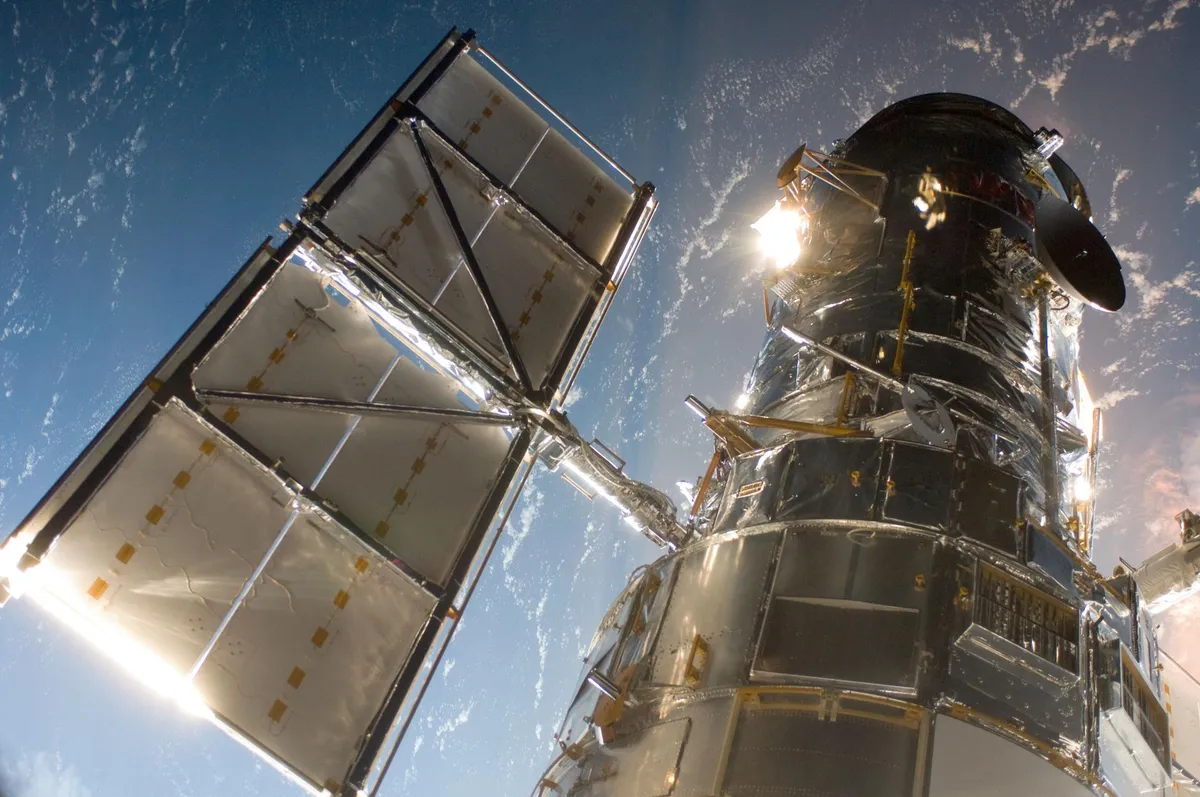
Why build a space telescope?
For centuries we have been observing the stars with our feet firmly on the ground.
Though telescopes have significantly developed over time, we are still constrained in our ability to view the cosmos by Earth's atmosphere.
Just before light reaches out telescopes it has to pass through that turbulent atmosphere, which causes fine cosmic details to be lost.
We can reduce the effects of this by strategically placing telescopes high above city lights and as far beyond the hazy skies as we can, like ESO's Atacama Large Millimeter/submillimeter Array (ALMA) in Chile.

Though these telescopes make valuable observations, they are still not immune to the effects of our atmosphere.
In 1990, we launched a telescope that would sit high upon the ultimate mountaintop: Earth orbit.
Scientific significance
Along with producing infamous stunning images, Hubble has played a significant part in discovering and characterising the mysterious dark energy that infiltrates the depths of space.
It has helped determine the age of the Universe, provided views of star formation and evidence of black holes.
In 1995, the Hubble Space Telescope captured the the iconic ‘Pillars of Creation’ image, showing newly-formed stars glowing in the Eagle Nebula.
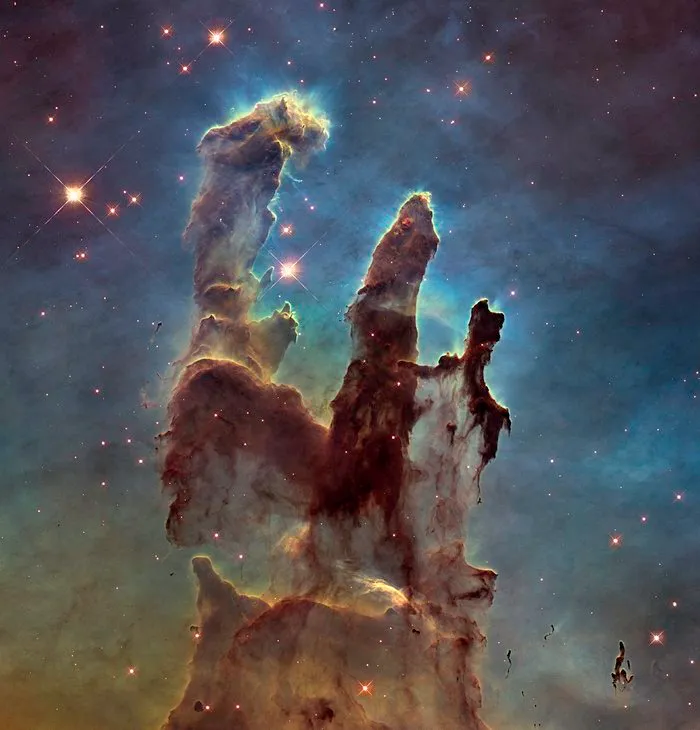
In 1998, astronomers published new data collected from their observations of Type Ia supernovae.
These are exploded stars that shine with a consistent brightness, so their apparent brightness can be used to deduce how far away they are.
This in turn can be used to measure distances in the Universe, and has led to the conclusion that the expansion of the Universe is actually accelerating, rather than slowing down.
Hubble has also detected a phenomenon known as gravitational lensing, which occurs because mass warps space and time, to the extent that very massive objects like galaxy clusters actually distort and bend light from distant galaxies.
Working out how much light is bent by galaxy clusters enables astronomers to calculate how much dark matter exists within those clusters.
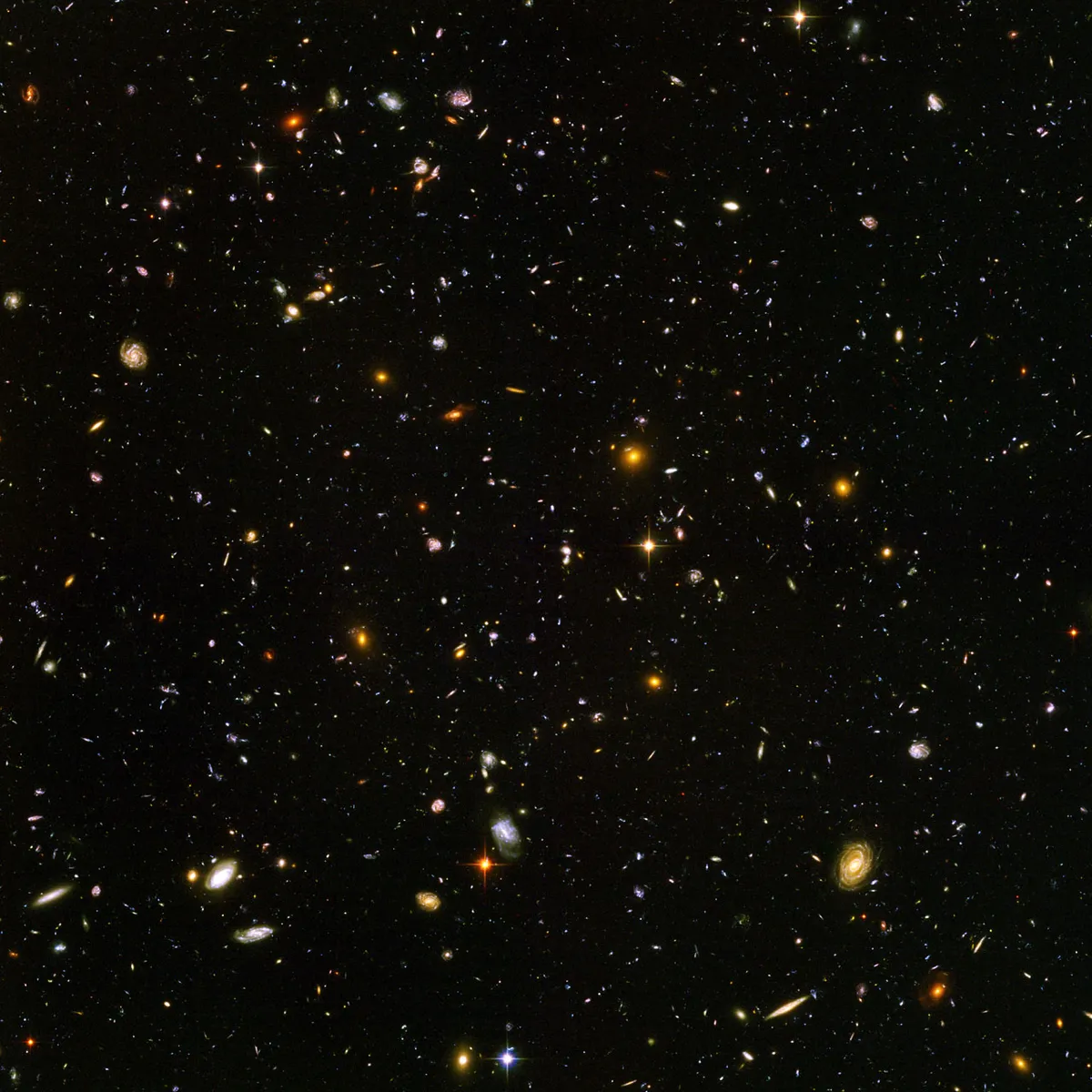
Hubble has imaged Jupiter's Great Red Spot and captured the first pictures of Saturn's largest moon Titan.
It helped astronomers discover moons around Pluto and rings around Uranus.
In 2001, the Hubble Space Telescope made the first direct measurement of an exoplanet's atmosphere.
In 2018, it was used to investigate the system of planets around star TRAPPIST-1; seven exoplanets that are rocky just like Earth, some of which are orbiting within their host star's habitable zone.
The same year, astronomers used Hubble to track asteroid ‘Oumuamua, the first known interstellar object to pass through our Solar System.
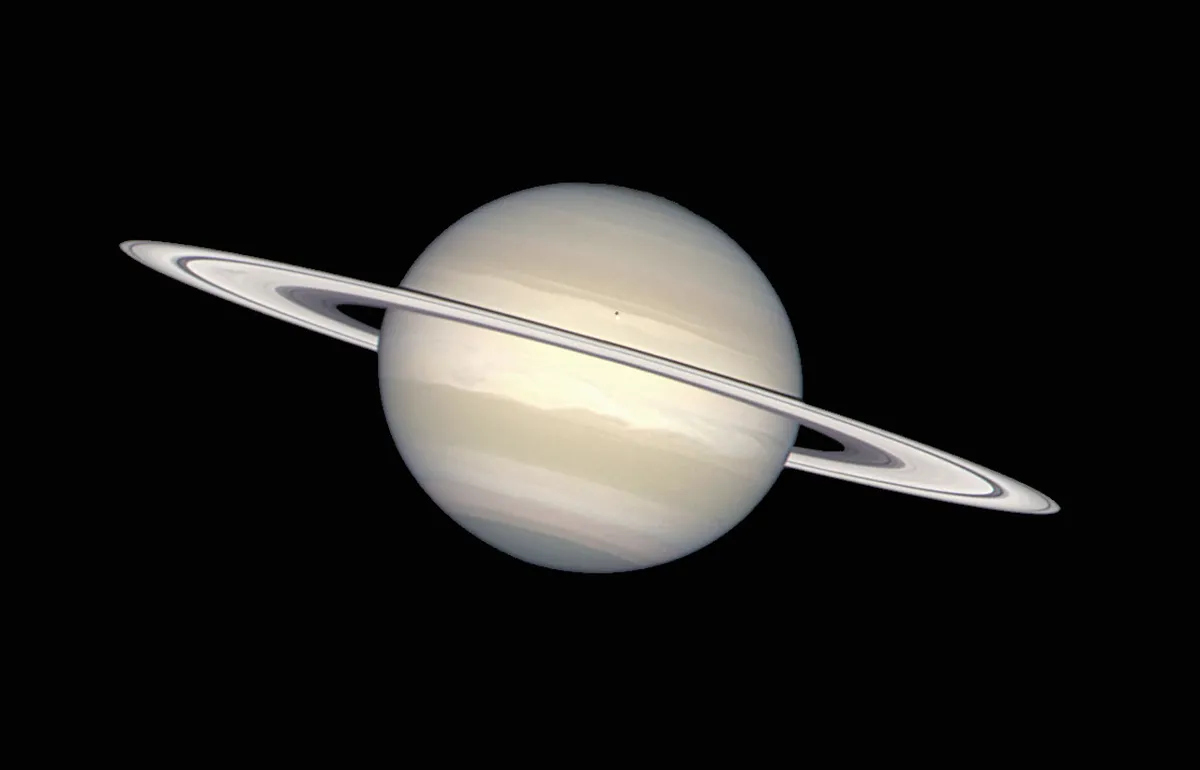
Cultural significance
A telescope for the people; images released by Hubble can be accessed by all.
Click here to take a look at what the Hubble Space Telescope is viewing right now.
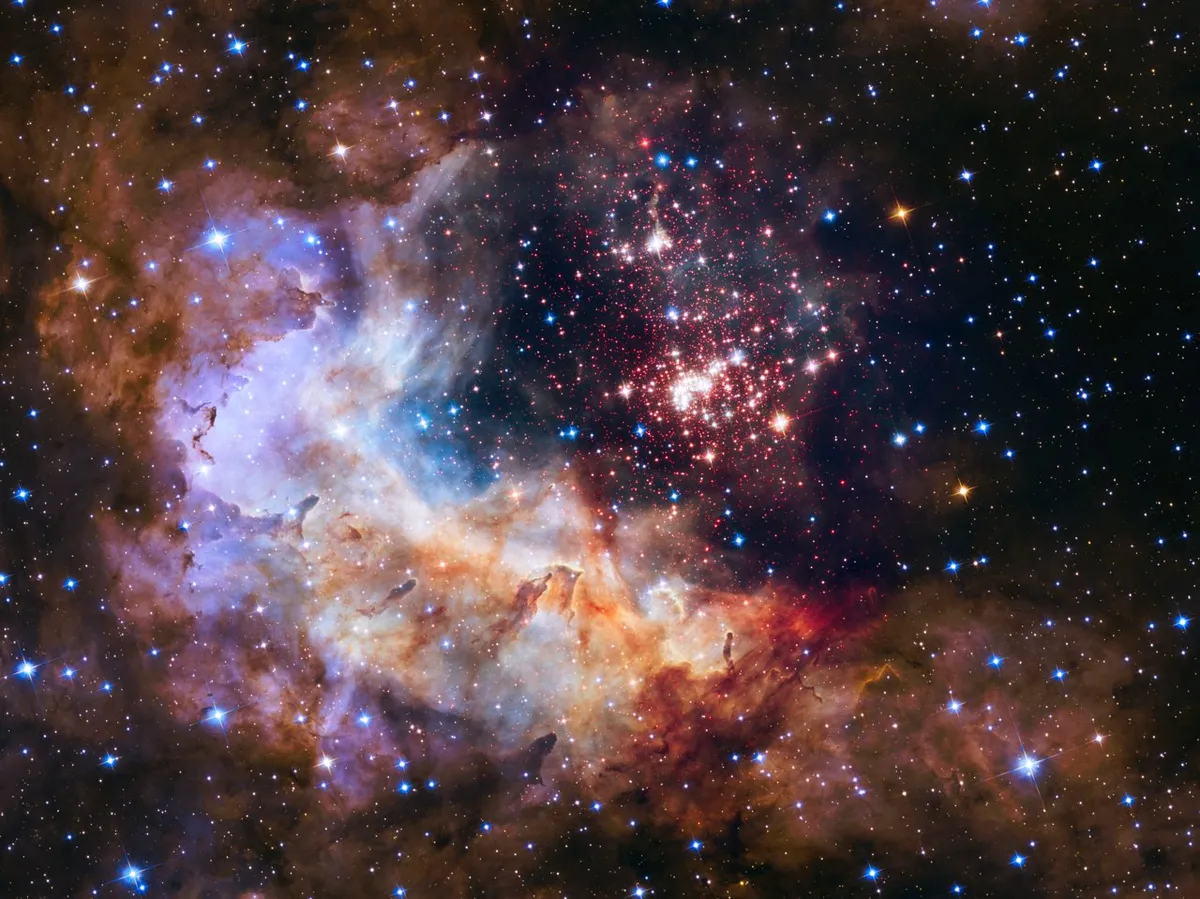
Hubble images have brought the vastness of the cosmos into our homes, and its mesmerising scenes have become a familiar part of popular culture, found on everything from textbooks and posters to postage stamps and coffee cups.
Hubble images have reinvigorated our interest in astronomy; the beauty of the cosmos is too good to ignore.
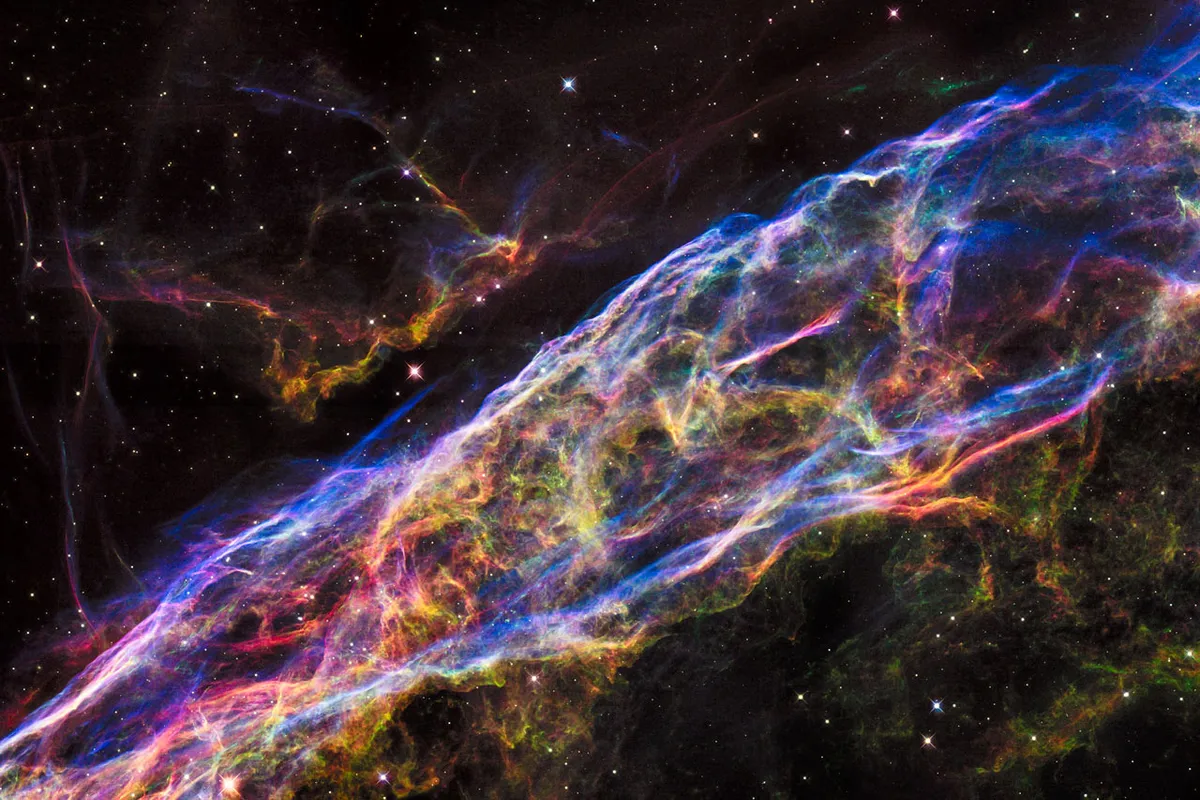
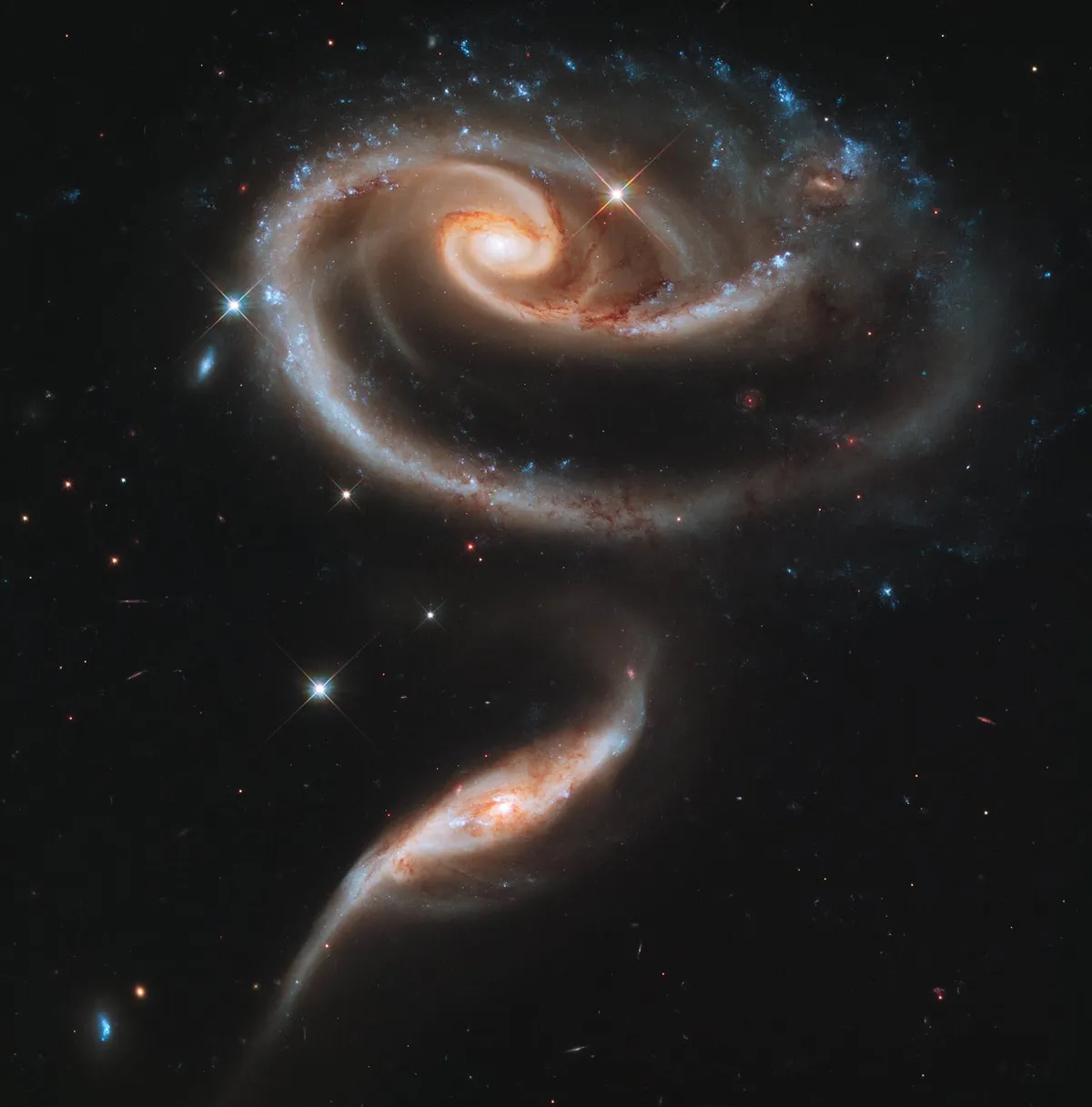
The celestial comeback kid
However, Hubble's journey was not always plain sailing, it is fondly known as the comeback kid of celestial imaging.
Scientists and engineers alike were dismayed when the first images were sent back from Hubble shortly after its launch, and were found to be blurry.
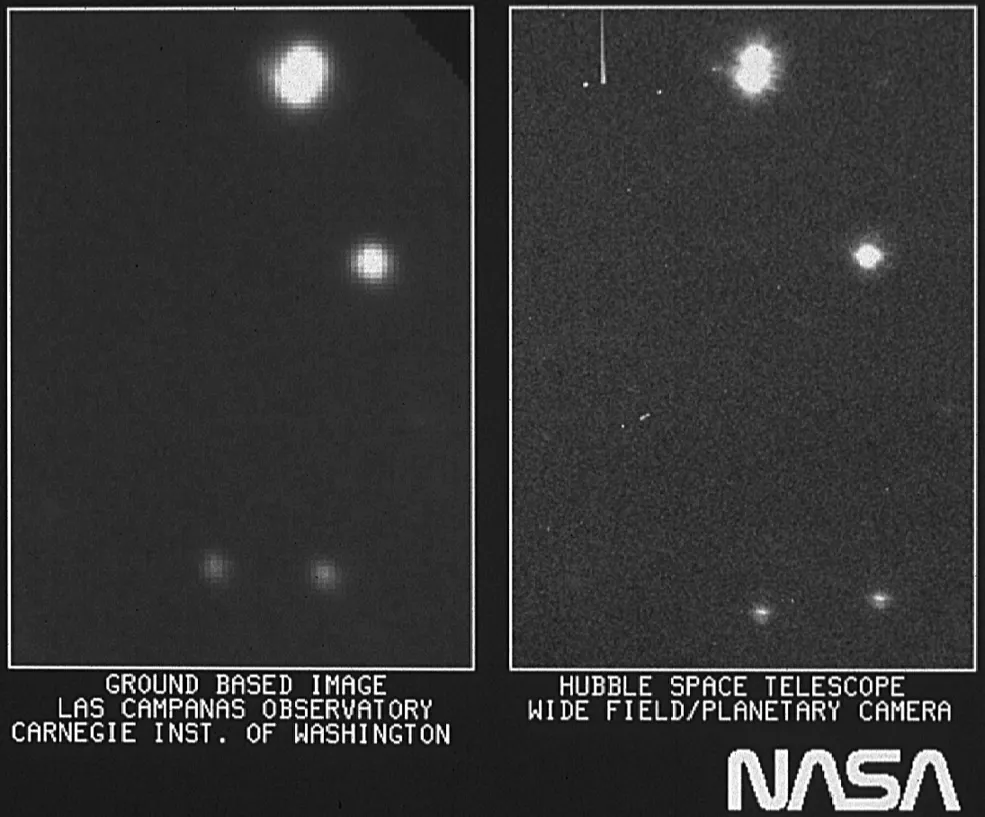
After lengthy investigations it was found that there was a spherical aberration on the primary mirror, causing blurring around the edges.
This meant that images would always be blurred due to light bouncing off the mirror surface and not being properly focussed.
However, Aden Meinel a top telescope designer, worked out how to adjust for the aberration through curving the mirrors that reflected light from Hubble's primary mirror, thereby cancelling out the distortion of the primary mirror.
Hubble's first service mission was carried out in 1993 using NASA's Space Shuttle Atlantis.
The mission saw new instruments installed and the aberration corrected.
The success of the mission was conveyed in the images that were sent back to Earth.
Hubble then went back to producing iconic images of galaxies, nebulae, stars and more.
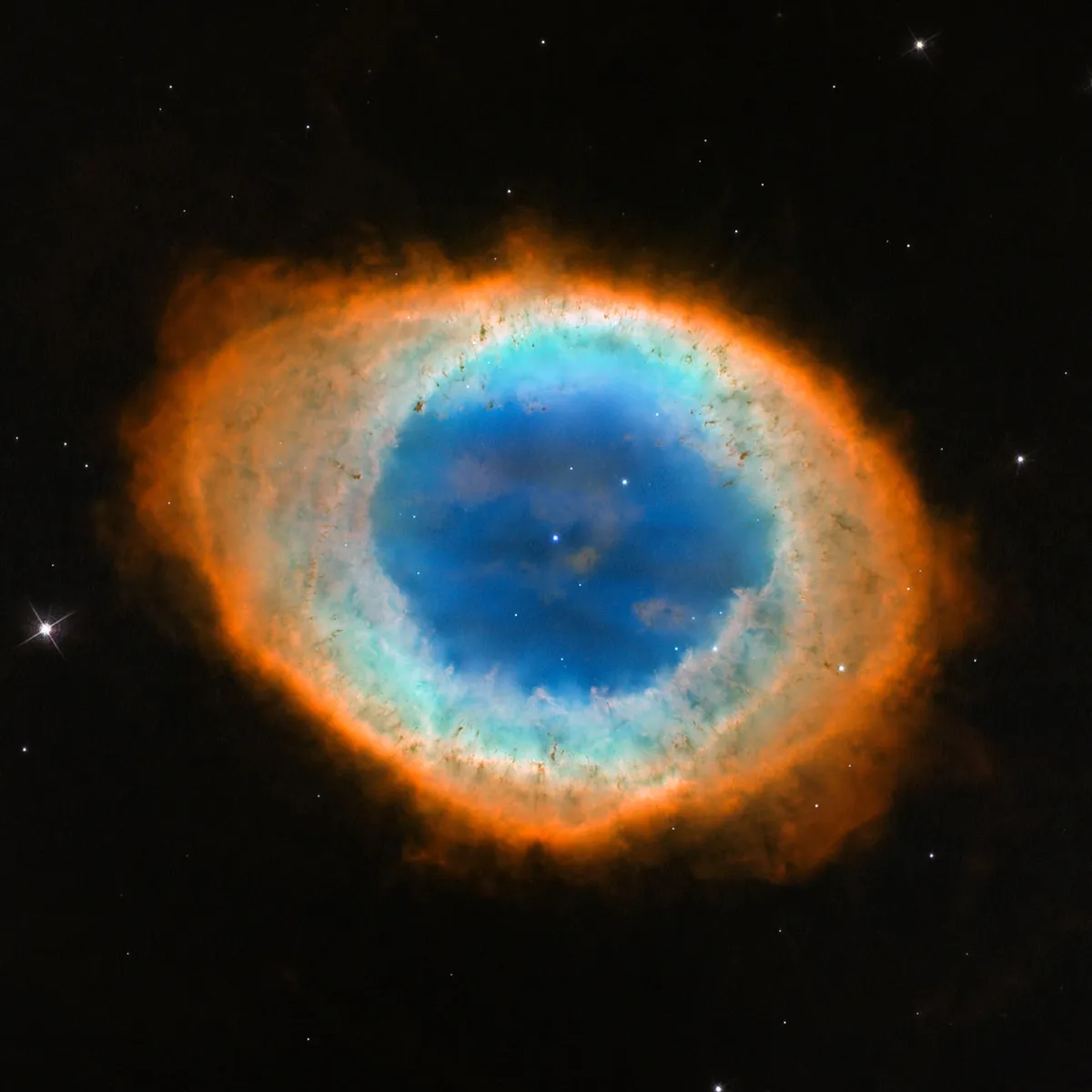
The space telescope was placed in a strategically low Earth orbit to enable access to it, so that astronauts could visit and correct any defects or install new instruments as technology has improved over the years.
In total Hubble has undergone five servicing missions carried out by astronauts using NASA's now defunct Space Shuttle.
The first took place in 1993 and the final servicing mission took place in 2009.
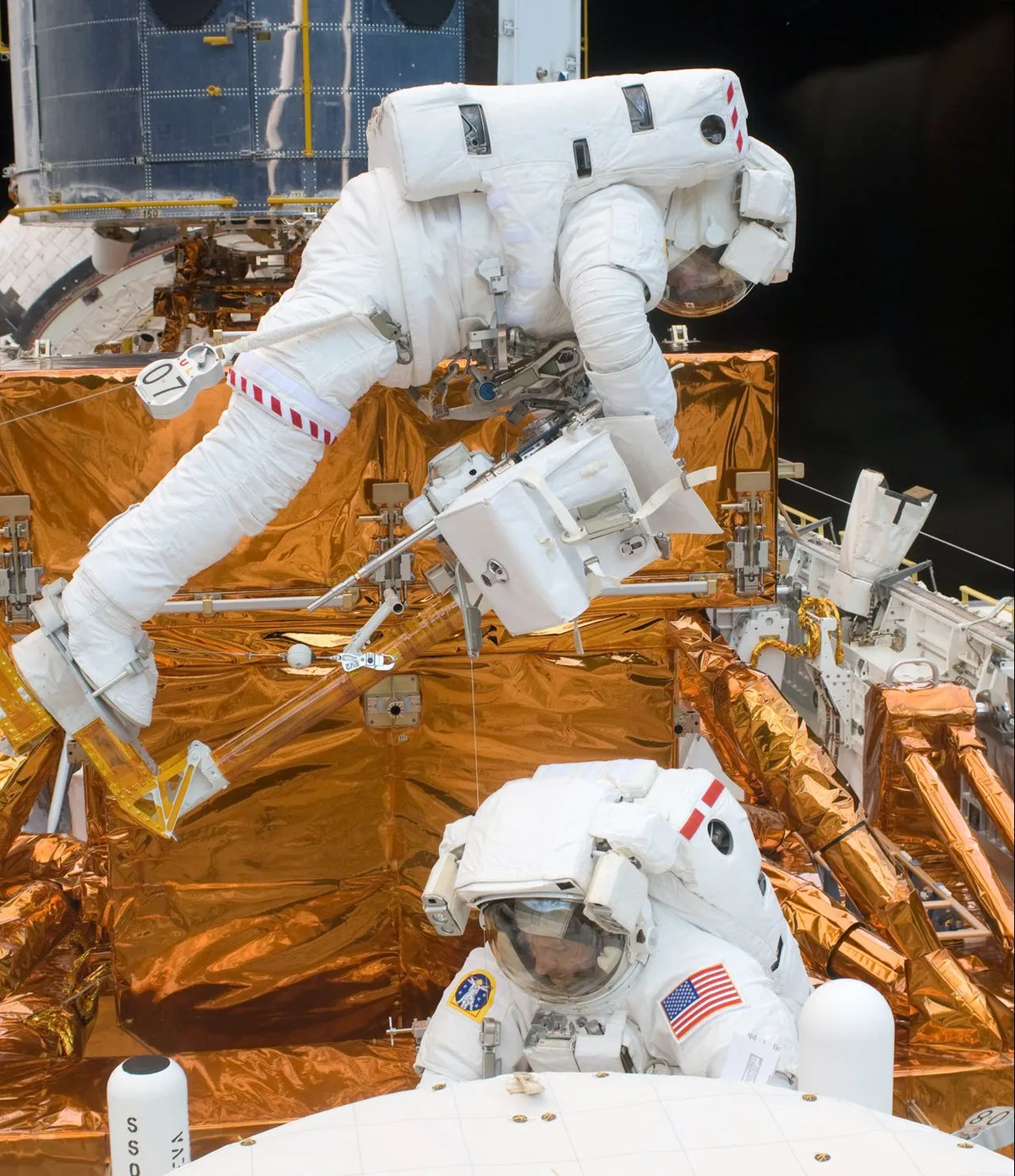
The future
Though originally designed to last for 15 years, Hubble is currently in its 29th year of operation.
It may already be past its expiration date, yet NASA estimates that it will continue to perform well into the next decade.
Hubble will soon be joined by its 'big brother' the James Webb Space Telescope (JWST), and working in conjunction with one another they will continue to survey the cosmos.
Unlike Hubble, the JWST will examine the Universe in infrared only and its orbit will be about 1.6 million km from Earth, making service missions impossible.
The JWST is due to launch on the Ariane 5 rocket from French Guiana in 2021 and continue the legacy of the Hubble Space Telescope.